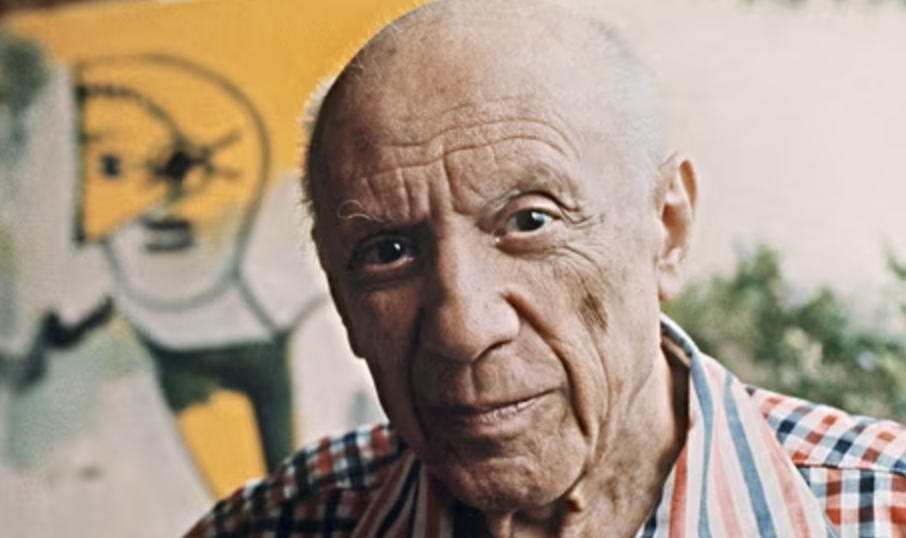Regarded as a seminal figure in 20th-century art, Picasso played a crucial role in the inception of Cubism, a revolutionary movement that transcended traditional representations, capturing the essence of objects from multiple perspectives. Originating from Spain, Picasso relocated to France in 1901, where he experienced the tumult of both World Wars, engaged in numerous romantic relationships, fathered several children, and prolifically produced an extensive array of artworks spanning painting, sculpture, etching, collage, lithography, and ceramics. His artistic inspirations were diverse, drawing from tribal art, the late 19th-century Impressionism—particularly influenced by Cézanne—as well as the emotional landscapes of his relationships with various muses across different life stages. This relentless pursuit of art solidified his legacy as a master artist.
As his life progressed, Picasso developed a fascination with depicting couples, exploring themes of eroticism and affection. Living through significant historical upheavals, having numerous lovers, fathering four children, and creating a vast collection of artwork ranging from naturalism to cubism and surrealism, Picasso found love with his final muse, Jacqueline Roque, who was 27 years old at the time of their marriage. His marriage to Roque was prolific; he created over 70 portraits of her before his passing in 1973. In his later years, Picasso’s art reflected a fusion of his previous styles, culminating in sketches, etchings, and vibrant paintings that harked back to his earlier periods, eventually recognized as early Neo-expressionism. “Femme nue et deux têtes” (1969), translated as “Naked Woman and Two Heads,” is a prime example, displaying a woman, reminiscent of Jacqueline, embraced by two men, with a shadowy figure lurking in the background. This piece exemplifies the eroticism and complex interplay of ink and penwork that marked Picasso’s work during this time, and it is prominently featured at Farhi Fine Art.
Picasso’s journey in art was marked by success without compromising his creative integrity, a challenge that daunted many of his contemporaries. His artistic journey began early, with “Le Picador” (1889) being created when he was just nine years old, and it continued relentlessly until his death in 1973, concluding with “Self-Portrait Facing Death.” Throughout his life and posthumously, Picasso’s artworks achieved remarkable financial success, making him the most sought-after artist to date, consistently fetching high market prices. His painting, “Les femmes d’Alger,” set a record in 2015, selling for $179.4 million and marking the highest auction sale of his work to date.
Despite challenges faced by auction houses during the pandemic, Picasso’s art led the market’s resurgence in 2021, with robust demand noted not just in the Western market but globally. His artworks amassed a gross turnover of $187 million across modern and contemporary categories in major art hubs like New York, Paris, and London. The market has reached an equilibrium in recent years, with a balanced supply and demand, making Picasso’s works accessible across various price ranges, while they remain a steadfast investment in blue-chip art.
Over his lifetime, Picasso created an astounding 50,000 artworks, though sadly many have fallen prey to theft, with an estimated 1,100 pieces stolen, the most recent incident occurring in 2012. His artistic legacy lives on worldwide, showcased in museums, exhibitions, and galleries, including a museum in southern France that holds the largest collection of his works.

